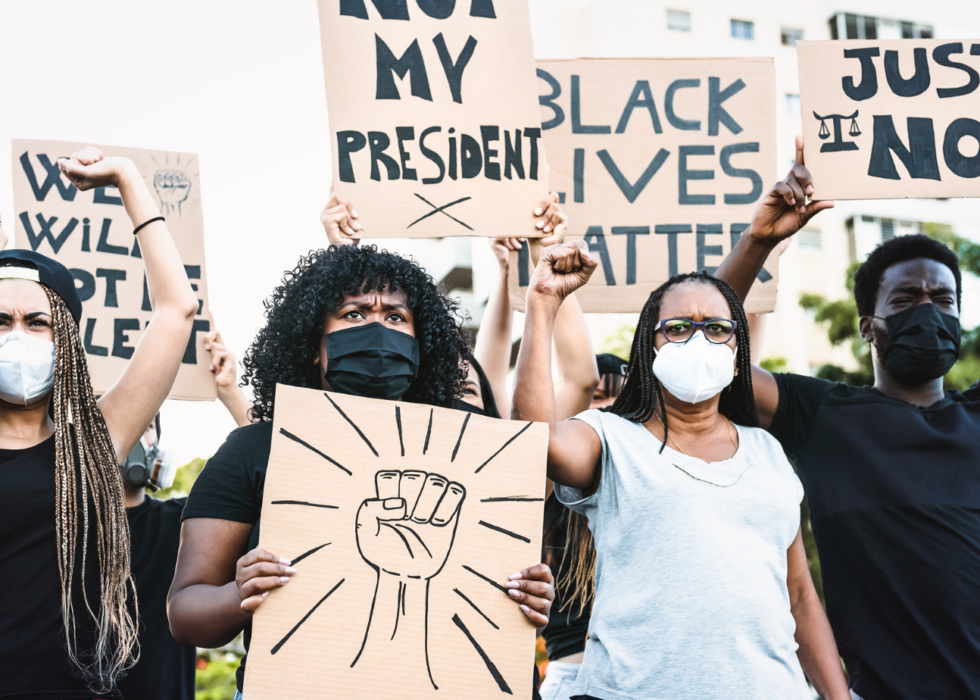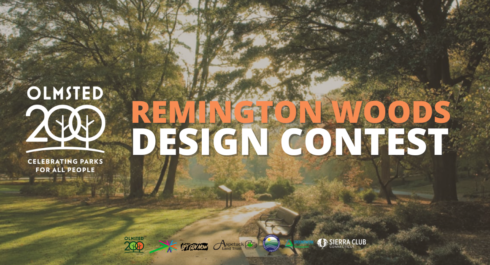In the United States, the right of assembly is “expressed” less in written texts than in landscape architecture. This lecture looks at the parks and meadows of Frederick Law Olmsted in relation to the right of assembly, most recently as practiced in nationwide assemblies voicing Black Lives Matter. If the parks of this great artist give people the ground on which to stand, the opposite is also true – Olmsted’s gift was in part itself shaped by the practices of people, particularly Black people.
Before he even thought of becoming a landscape architect, Olmsted (beginning in 1853) traveled through the South describing what he saw, farm by farm, tool by tool. His tour de force writings, gathered in the book Cotton Kingdom, document the extraordinary acts of formal and informal gathering carried out by Black people, who were prohibited from and gravely punished for assembling. Crucial to his vision of assembly as well was his work during the Civil War arranging for the transport of wounded soldiers to hospitals, a task documented in Hospital Transports. Olmsted once wrote that the national and international park movement should be credited not to individual artists but to “the genius of the people.” This lecture looks at “what people” were the people he was thinking about.
You can watch the recorded program here.
About the Speakers
Elaine Scarry is Walter M. Cabot Professor of Aesthetics and General Theory of Value at Harvard University.
Bryan Lee is a Design Critic in Architecture at Harvard University.
About the Series
The Environment Forum at the Mahindra Center is convened by Robin Kelsey, Dean of Arts and Humanities, Harvard University and Ian Jared Miller, Professor of History, Harvard University.

